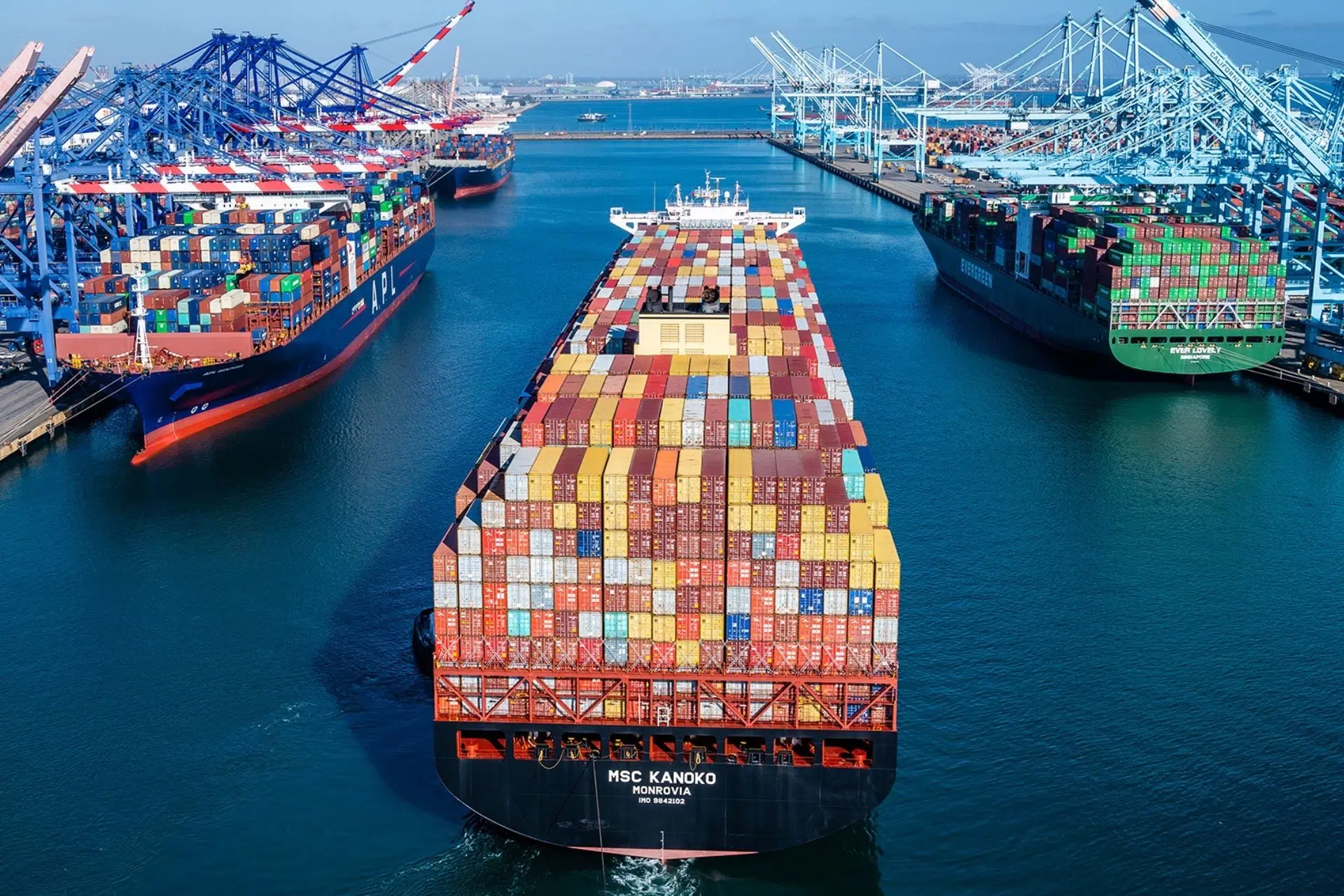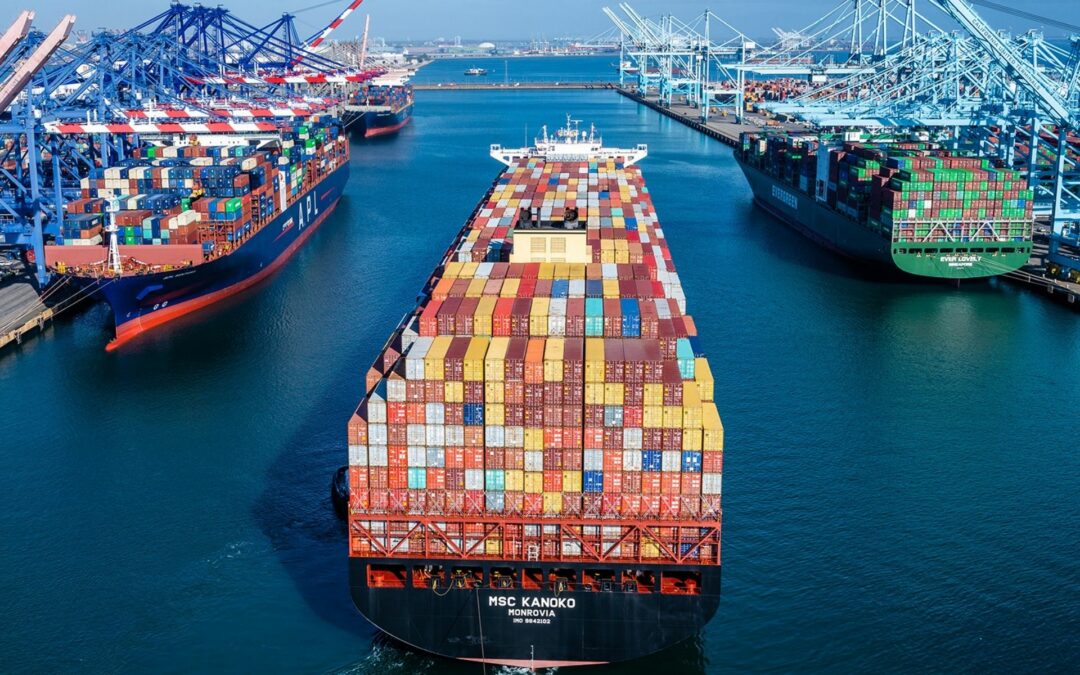Imports at the nation’s major retail container ports should return to normal growth rates in 2022, but volumes will remain high, according to the monthly Global Port Tracker report from the National Retail Federation and Hackett Associates.
Besides the prospect of port volume normalization, general prospects for 2022 remain good despite troublesome inflation and the lingering effects of COVID-19, NRF’s chief economist indicated.
During 2021, imports experienced year-over-year growth as high as 65% in some months due to increased consumer demand, retailers stocking up to mitigate supply chain challenges and comparisons against periods early in 2020 when many stores were closed because of the COVID-19 pandemic. Increases returned to single digits by the fall and should remain there this year. Still, expected volumes of about 2.2 million twenty-foot equivalent units during most months in the first half of 2022 will reach near-record numbers.
In November, U.S. ports covered by Global Port Tracker handled 2.11 million TEU, down 4.5% from October but up 0.5% year-over-year. Although ports have not reported December numbers yet, Global Port Tracker projected the month at 2.18 million TEU, up 3.7% year-over-year.
Given those numbers, 2021 port volume would reach 25.9 million TEU, up 17.9% from 2020’s record high of 22 million TEU.
NRF forecasts January volume to come in at 2.23 million TEU, up 8.6% year over year, February to come in at 1.95 million TEU, up 4.2% year over year, and March to come in at 2.19 million, down 3.3% year over year, with April at 2.2 million TEU, up 2.5%, and May at 2.32 million TEU, down 0.5% from the same months in 2022.
“Even with the holiday season behind us, supply chain challenges continue,” NRF vice president for supply chain and customs policy Jonathan Gold said in announcing the port figures. “The huge increases in imports we’ve seen have leveled out, but volume is still at high levels. We hope the system will find a way to catch up, but there is much that remains to be done to clear out port backlogs and increase capacity throughout the supply chain. Amid all of this, the omicron variant is a wild card that could not only impact the supply chain workforce but once again drive more imports if consumers stay home and spend their money on retail goods rather than going out.”
Global Port Tracker, produced for NRF by Hackett Associates, provides historical data and forecasts for the U.S. ports of Los Angeles/Long Beach, Oakland, Seattle and Tacoma on the West Coast, New York/New Jersey, Port of Virginia, Charleston, Savannah, Port Everglades, Miami and Jacksonville on the East Coast, and Houston on the Gulf Coast. T
Recently, NRF chief economist Jack Kleinhenz asserted that the COVID-19 omicron variant will bring uncertainty to the economy in 2022 and could contribute to inflation, but is unlikely to cause widespread shutdowns or slowdowns.
Inflation — driven by goods shortages arising as COVID-19 shut down factories and snarled supply chains as well as by government stimulus fueled consumer spending — is likely to continue in 2022 but should eventually slow.
Worries about inflation can become a self-fulfilling prophecy, especially as workers dealing with higher prices for everyday products like groceries may demand higher wages that force employers to increase prices, Kleinhenz said. Inflation as measured by the federal Personal Consumption Index increased 5.7% in November, the biggest gain in almost 40 years, and a Federal Reserve Bank of New York survey shows consumers expect inflation to grow 6% over the next year, he pointed out. But the same consumers expect only 4% inflation over the next three years as price increases slow. The Fed plans multiple interest rate increases this year, which should encourage consumers to save money and help cool off inflation. Yet, even with inflation, consumer wealth grew 18.1% year over year in the 2021 third quarter and consumers “have never been as wealthy as they are today,” Kleinhenz said, adding that while government stimulus programs prompted by the pandemic are “in the rearview mirror,” job growth and wage gains amid the current labor shortage are continuing to drive consumer income and spending.





